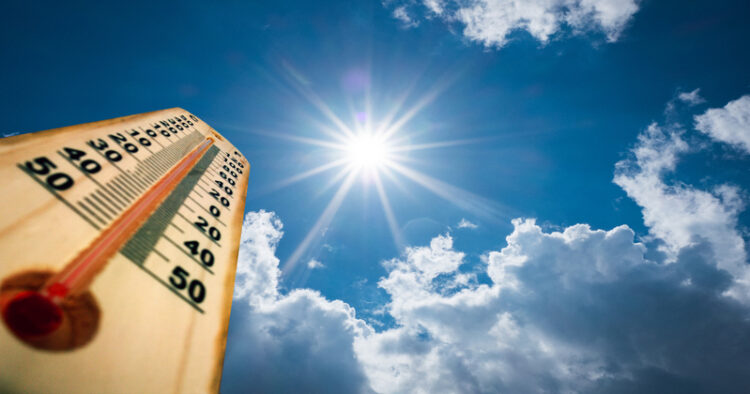Every year, India faces the formidable challenge of coping with scorching summer heatwaves that affect over a billion people across the country. Recent records from May 5 in New Delhi underscore the severity of the situation, with temperatures soaring to a staggering 41.1 degrees Celsius. States like Bihar and Jharkhand are implementing precautionary measures such as adjusting school timings and announcing early summer vacations for students. However, the looming threat of heat-related illnesses, including heat exhaustion, dehydration, and potentially fatal heatstroke, necessitates urgent attention to mitigate the cascading impacts on public health.
Heat-related illnesses encompass a spectrum of health conditions that arise due to prolonged exposure to high temperatures and humidity levels. These illnesses can range from mild to severe, with varying degrees of symptoms and potential complications. Some of the most common heat-related illnesses include:
Heat Exhaustion: Heat exhaustion occurs when the body loses an excessive amount of water and salt through sweating, leading to dehydration and an inability to regulate body temperature properly. Symptoms may include heavy sweating, weakness, dizziness, nausea, headache, and rapid heartbeat. If left untreated, heat exhaustion can progress to heatstroke.
Heatstroke: Heatstroke is a life-threatening condition characterised by a body temperature exceeding 40 degrees Celsius (104 degrees Fahrenheit). It occurs when the body’s heat-regulating mechanisms fail, leading to a rapid increase in body temperature.
Heat Cramps: Heat cramps are painful muscle spasms that occur during or after physical exertion in hot conditions. They are often caused by dehydration and electrolyte imbalances resulting from excessive sweating. Commonly affected muscles include those in the legs, arms, or abdomen. Heat cramps can be relieved by rest, hydration, and stretching.
Heat Rash: Heat rash, also known as prickly heat, is a skin condition characterised by redness, itching, and small, raised bumps or blisters. It occurs when sweat ducts become blocked, trapping sweat beneath the skin’s surface. Heat rash typically affects areas of the body prone to friction and sweating, such as the chest, back, and groin. Keeping the affected area cool and dry can help alleviate symptoms.
Dehydration: Dehydration occurs when the body loses more fluids than it takes in, often due to inadequate fluid intake or excessive sweating in hot weather. Symptoms of dehydration may include thirst, dry mouth, dark-colored urine, fatigue, and lightheadedness. Severe dehydration can lead to complications such as kidney damage, heat exhaustion, or heatstroke.
Hyponatremia: Hyponatremia, or low sodium levels in the blood, can occur when individuals drink excessive amounts of water without adequate electrolyte replenishment during prolonged physical activity in hot conditions. Symptoms may include nausea, vomiting, headache, confusion, and muscle cramps.
Preventive Measures:
Hydration: Drinking plenty of water is essential to replenish lost fluids and prevent dehydration. Adequate hydration allows the body to regulate temperature through sweating.
Timing and Rest: Avoiding outdoor activities during peak heat hours and taking frequent breaks in shaded areas can help minimise heat-related risks.
Awareness and Education: Raising awareness about the dangers of extreme heat and educating communities on preventive measures can empower individuals to protect themselves and others.
As temperatures continue to rise, understanding the impacts of extreme heat is crucial for safeguarding public health. By adopting preventive measures and promoting awareness, we can minimise the risks associated with heat waves and ensure a safer and healthier summer for all.














Comments